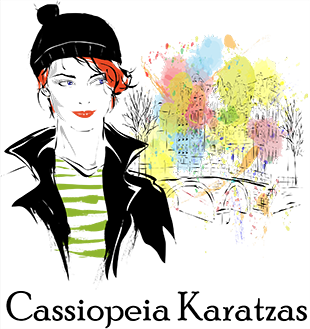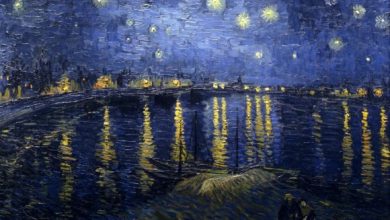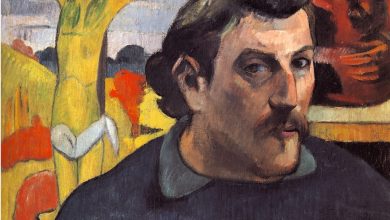
Painting is dead. When I first came upon this statement, I embraced it as a challenge. Challenge and risk taking are what fosters the creative evolution. Painting is far from dead, but if it is to continue to be a vital component in the arts, if it is to continue to evolve, then painting must be taken to new dimensions. I have taken this as literally as possible in my three-dimensional relief paintings, the development of which are integrally connected to two-dimensional contour and illusionistic painting devices.
Relief has been a part of image making since humans began to make images, with examples found as early as the Paleolithic era. Traditionally it has been recognized as a form of sculpture, however the concept of relief is primarily pictorial because relief, like painting or drawing, is founded on the emergence of an image from a flat surface. Contemporary painters have made use of this attribute by utilizing modes of relief in their paintings, adding bulges or layered materials for actual depth. The inclusion of the third dimension by modern artists has led to new interpretations of relief in painting, relaxing the definition of relief as a purely sculptural term.
Expanding on this idea, I have developed a way to release painting from the physical frame. I have created a unique relief painting support made of polystyrene covered in a soft cotton ground. The individually constructed and shaped forms interconnect, somewhat like a relief puzzle. The connections create an implied line consistent with the edges of the shapes in the original two-dimensional contour design. Through saturated, layered color, the illusions used to create a sense of depth in two-dimensional painting are then used on the forms. These covered and painted forms are sometimes further enhanced through the application of flock to the surface. By being removed from a physical frame, these paintings, no longer contained, are allowed to visually expand into space extending across walls as well as outward toward the viewer. The pieces created in this manner can be seen below or at Scroll down to the Davis Gallery and click on Painting in Three Dimensions by Sarah Krank.
It seemed natural to offer this advancement to the Nude Descending a Staircase. Duchamps Nude had been created to show the dynamic motion of a young lady as she descended the stairs, but the painting remained on a flat surface, the woman described in mostly hard, angular lines. I wanted to take the figure and allow her to emerge as a three-dimensional woman while keeping the intensity and power of her movements. I wanted to combine those hard, angular lines with the organic feel that Duchamp only suggests. To keep the feeling of the force of her body as she moved downward, I needed her to be bignearly nine feet tall.
I named her Nude Redescending a Staircase. She begins at a physical distance, the forms in the upper left corner of the work extending only about an inch off the surface. Then, as she descends (or redescends) she gradually increases into the viewers space coming forward a full 22 inches. The oblique angles allow her to have an abstracted actual figure with illusions of light moving and playing across her form. Each individual piece is slightly rounded. Even the hardest edges have a gentleness about them thanks to the cotton ground.
I wanted to honor Duchamps design as well as the fury it created, so I stayed as true to his color choices as possible. I created a canvas back drop for the nude so that the golden and green hues could continue to stand out against the dark background. The relief pieces are attached to a wooden form cut to resemble the stairs in the original painting. This is hung over the canvas and the paint on the back drop continues over this support. Last, additions of small pieces of old wooden shingles were added to the surface in homage to the suggestion that the Duchamp work looked like an explosion in a shingle factory.
The tradition of incorporating the knowledge of other artists by referencing their work in your own style is invaluable. Marcel Duchamps Nude Descending is an enduring landmark, a masterpiece. To have the opportunity to stand on the shoulders of this giant of the art world has enabled me to transcend the visual plane of this painting into three dimensions and begin to incorporate Duchamps geometry into my organic world.
Source: www.toutfait.com




